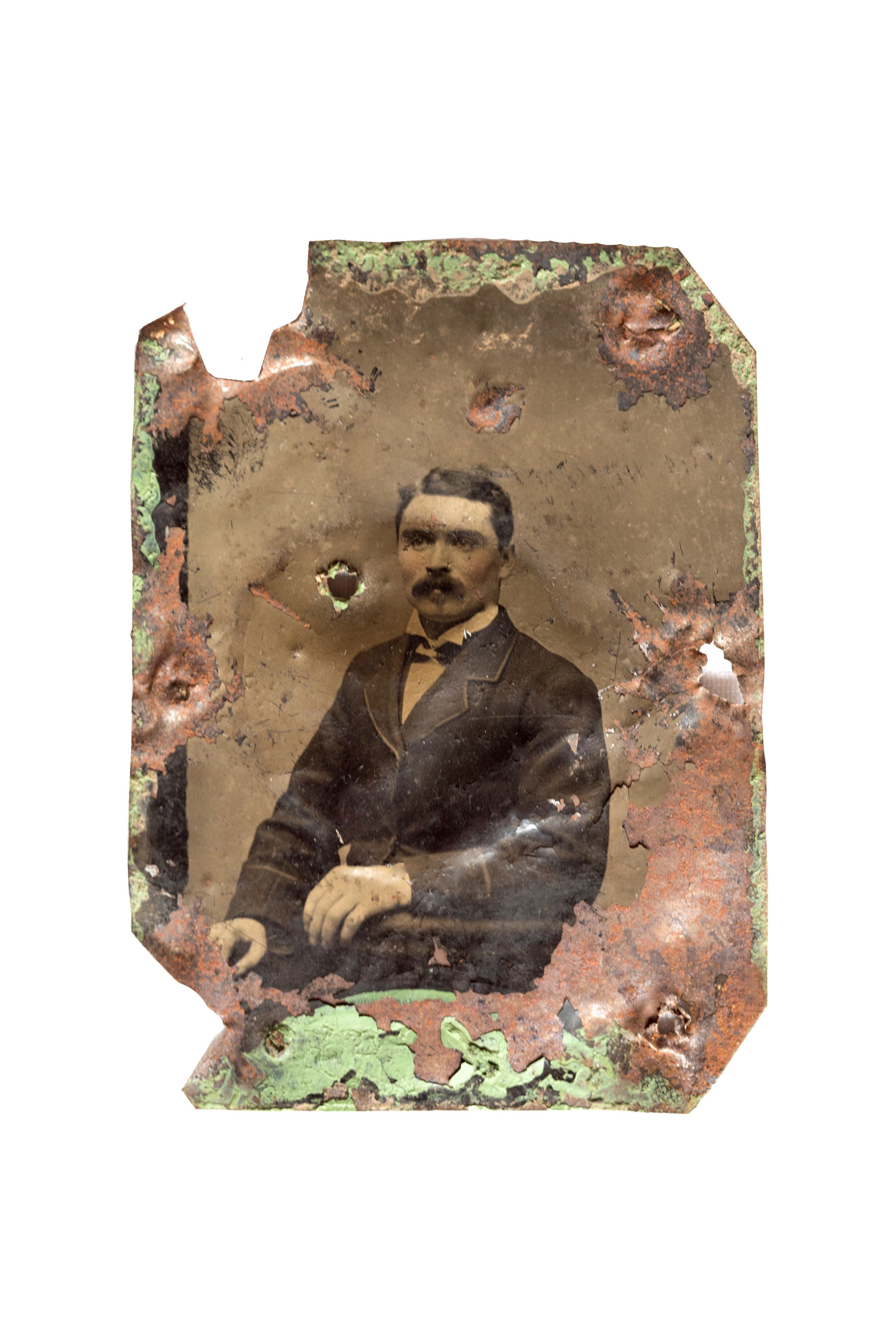
As rare as they can be, treasures are precious things to find. They can go unnoticed even when in plain sight, or remain hidden gems in the most bizarre of places. The latter seems to be the case for the 21 tintypes discovered in 1978 in the back bedroom of a cottage in the historic district of Eastville, Sag Harbor, N.Y.
Greg Therriault, the owner of the Ivy Cottage at that time, discovered what seemed to be pieces of iron nailed onto the wooden floorboards of a back bedroom. As he pried them loose, he found out to his surprise what they really were: tintypes photographs.
Dating from 1882 to 1915, these tintypes give us an extraordinary glimpse into the fashions of the time – fine clothes, elaborate hats and precious ornaments. Most importantly, though, they represent an extraordinary record about the demographic composition of the small coastal village in the Suffolk County as well as the diversity of the Sag Harbor community and the Eastville enclave. They speak to the ethnic integration of the village, as citizens from various backgrounds and descents – free Afro-Americans, White European immigrants and Native Americans – all worked, lived and interacted with each other on a daily basis.
“The tintypes for me represent the legacy of the diversity of Sag Harbor,” says Donnamarie Barnes, who is the project director and photo curator of an exhibit of these photographs at the Eastville Community Historical Society. “The residents of Eastville were represented by three cultures and they lived together and were a part of each other’s lives. It’s a lesson I hope we will celebrate through the exhibit.” Too fragile to be exposed before a large crowd, the tintypes have been re-photographed, re-touched and made into new prints that will be presented until Oct. 17, Barnes explains. “I had no idea these images even existed and the first time I saw them, I was transfixed,” she continues. “My heart pounded and I just felt that this was the work I was meant to do. And it felt like it was what the subjects of the images wanted me to do.”
In addition to these tintypes, two photo albums were also discovered in old houses nearby, containing more tintypes and cabinet card portraits. They all compose the photographic collection of the Eastville Community Historical Society.
Names and dates stamped on the photographs have been carefully researched, making possible to retrace families’ affiliations. “Many of the men worked in some aspect of the whaling industry in Sag Harbor during the mid 1880s. They were homeowners and as in the Green family many of the women in the community never married. They did however own their own homes and property and worked for themselves either as domestic workers or seamstresses,” Barnes says.
A recurring inscription stamped on the front of some photographs – “W.G. Howard, – Sag Harbor, N.Y.” – unveils a fascinating detail: the identity of the photographer.
William G. Howard was a local from the historic section of Eastville who operated a photography studio in Sag Harbor. The son of a photographer, Howard took over the family’s business, which he ran until his death in 1914. “There isn’t a sense of ‘give me your money and stand over there and don’t move’ in the photos. He captures personalities in the portraits with respect and intent,” Barnes says. “I hope this exhibit will also bring to light other photographs that may be in private family collections that were taken by [him].”
Eastville Community Historical Society will exhibit copies of the original tintypes and cabinet card portraits until Oct. 17, 2015.
Lucia De Stefani is a writer and contributor to TIME LigthBox. Follow her on Twitter and Instagram.
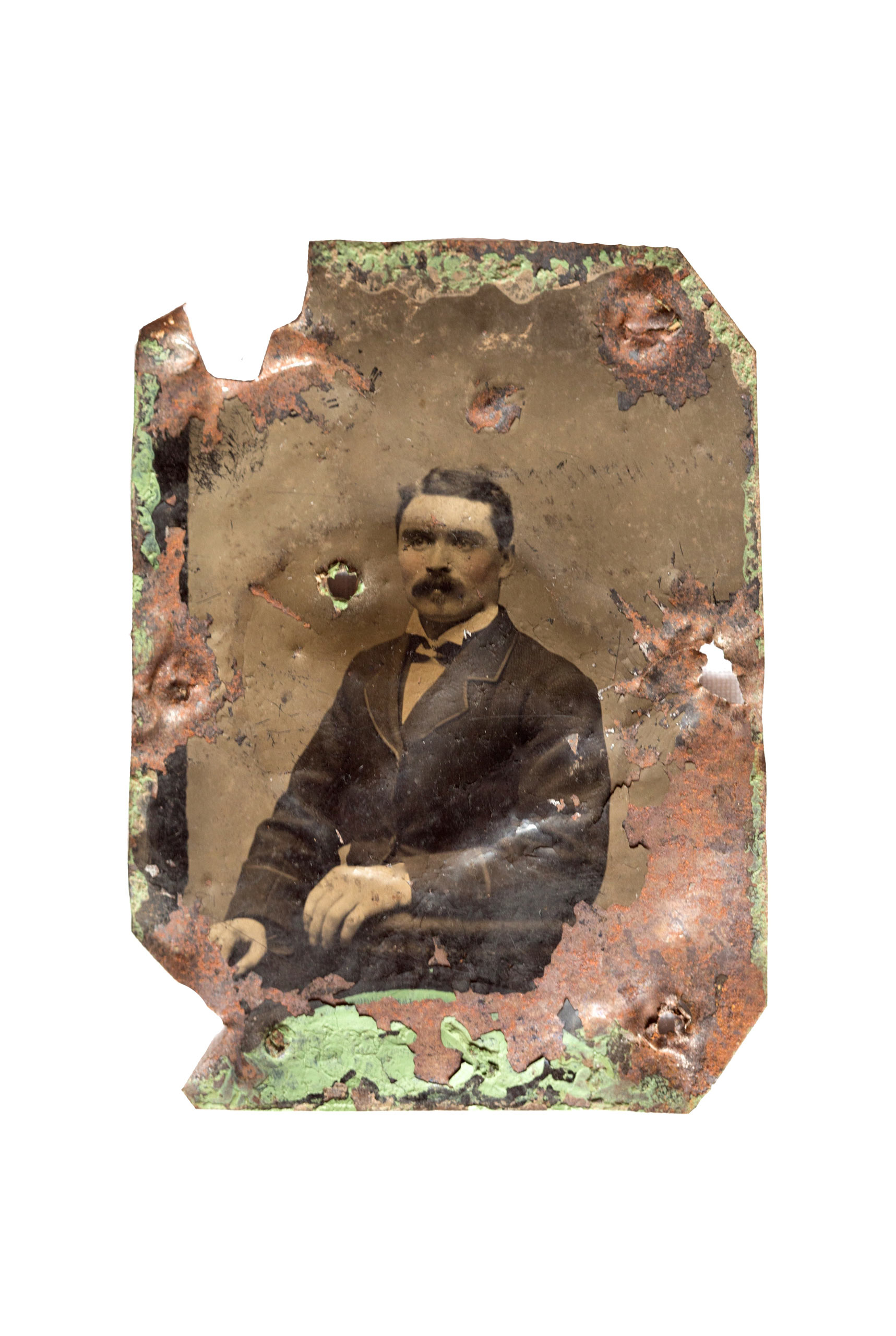
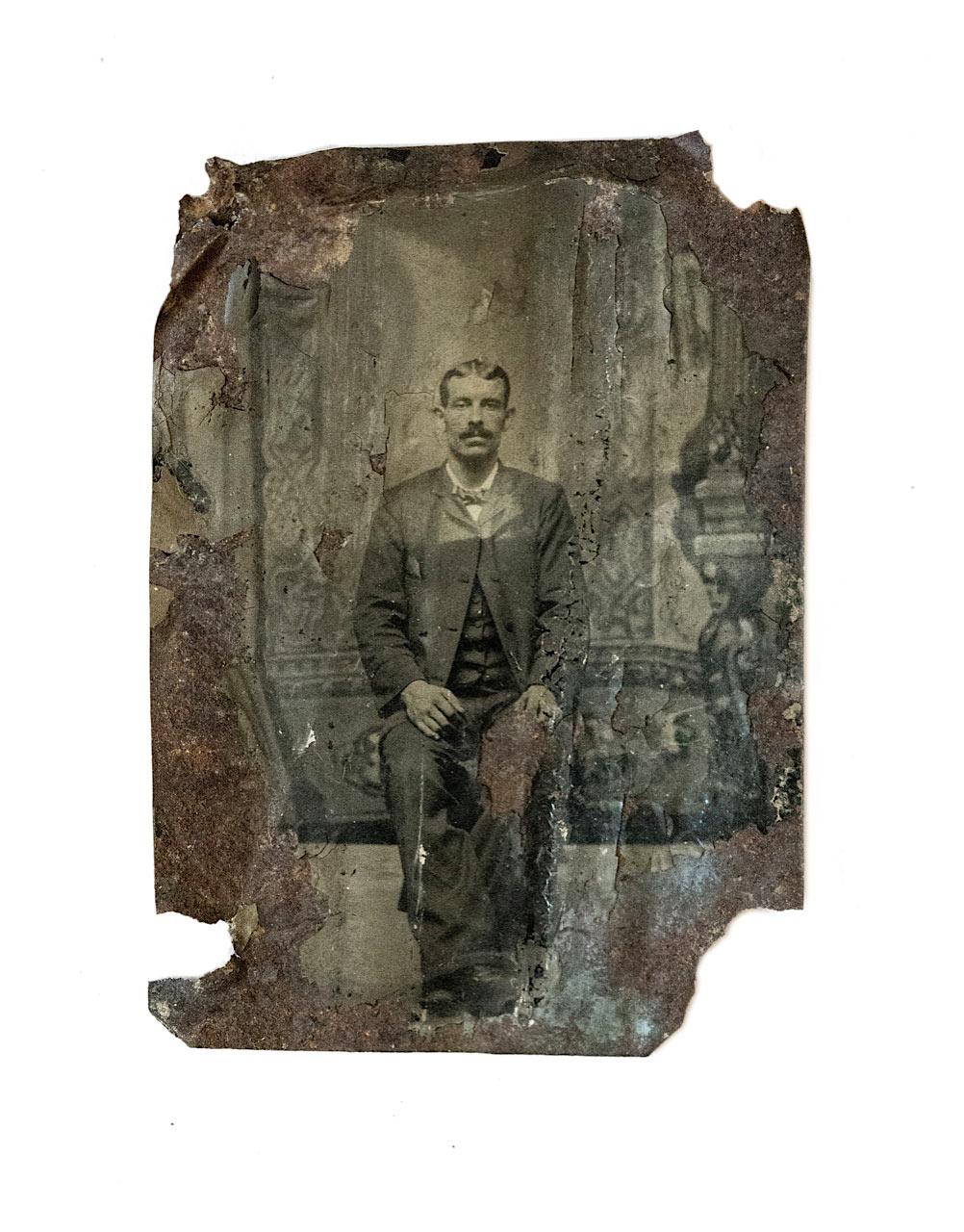
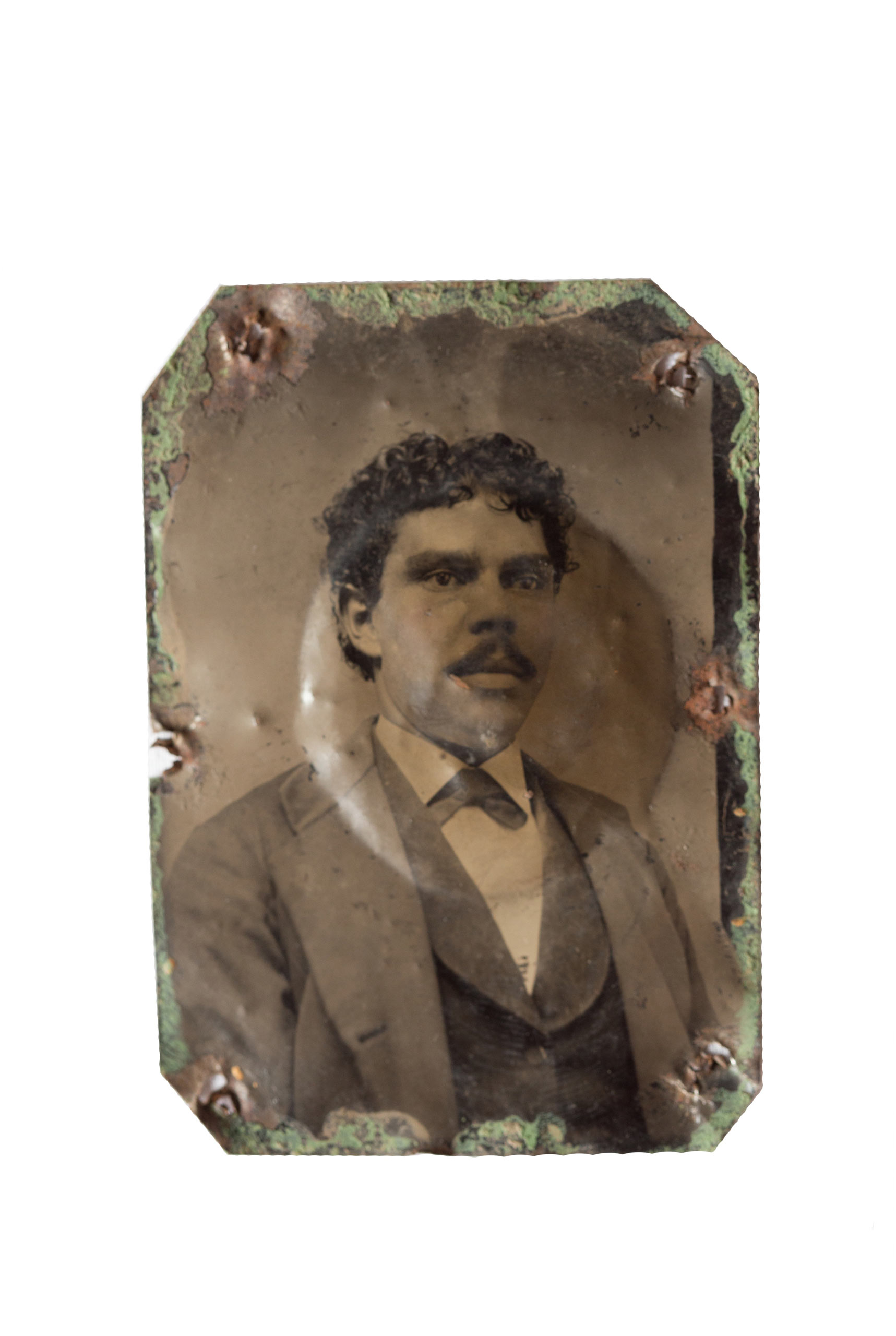
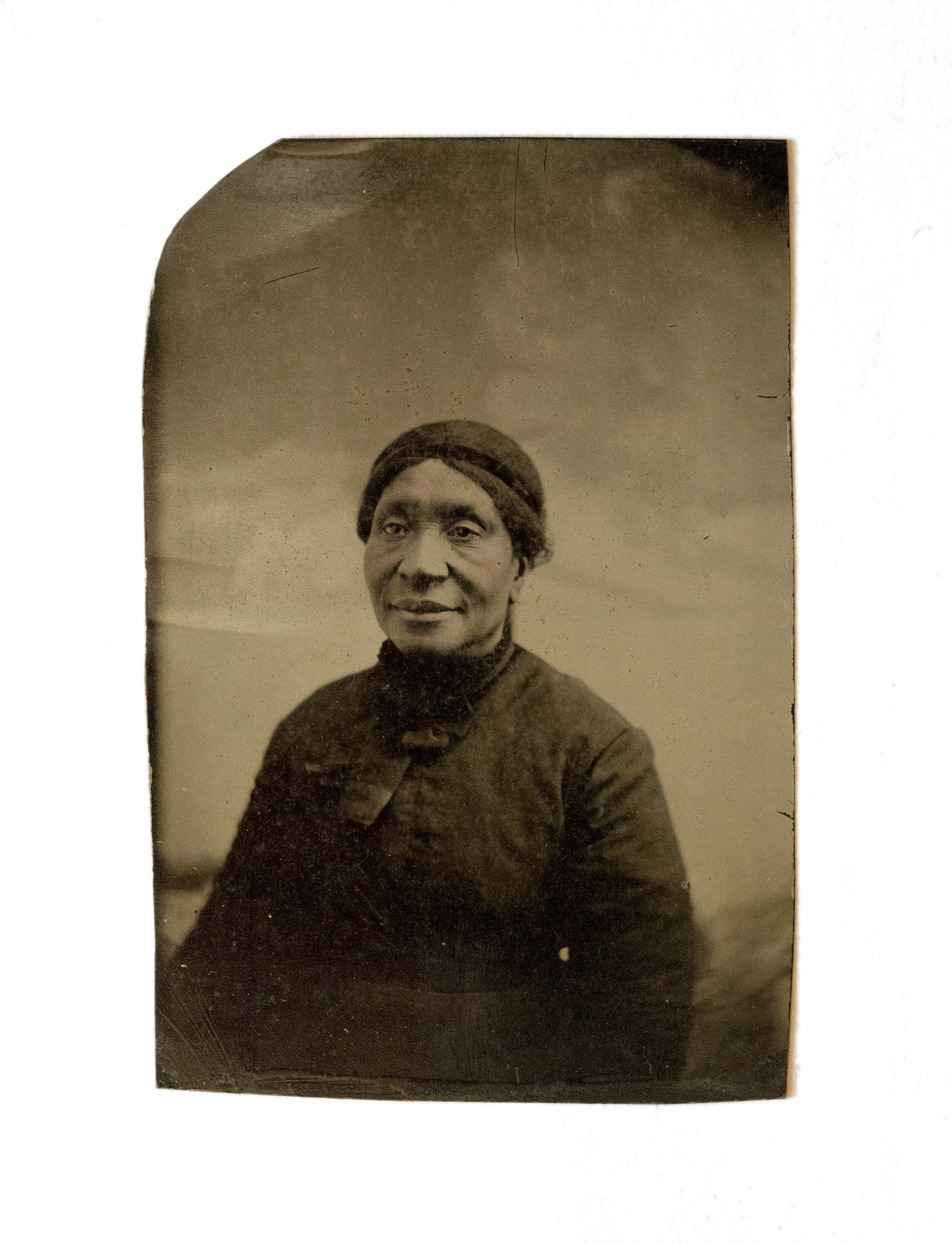

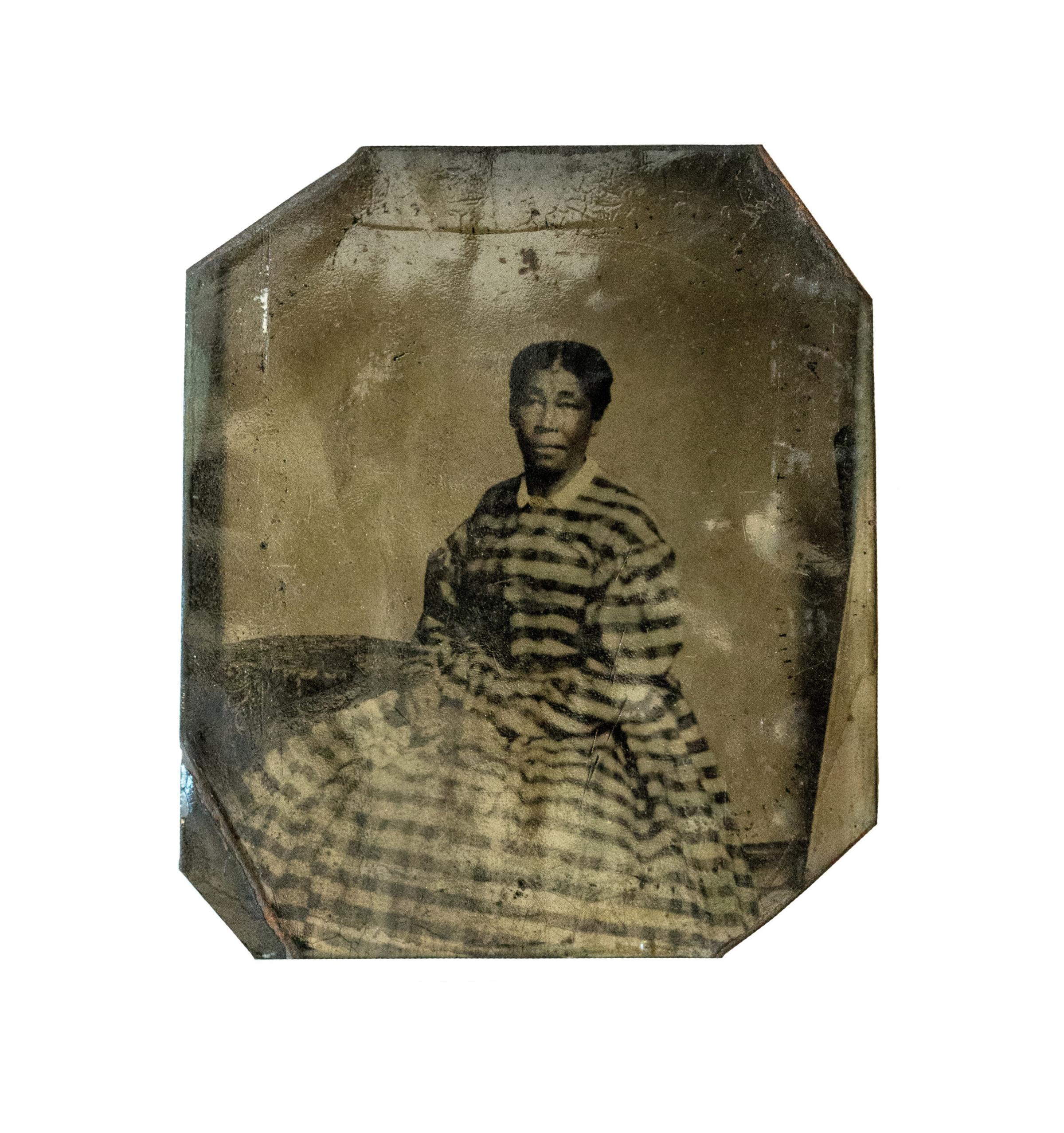
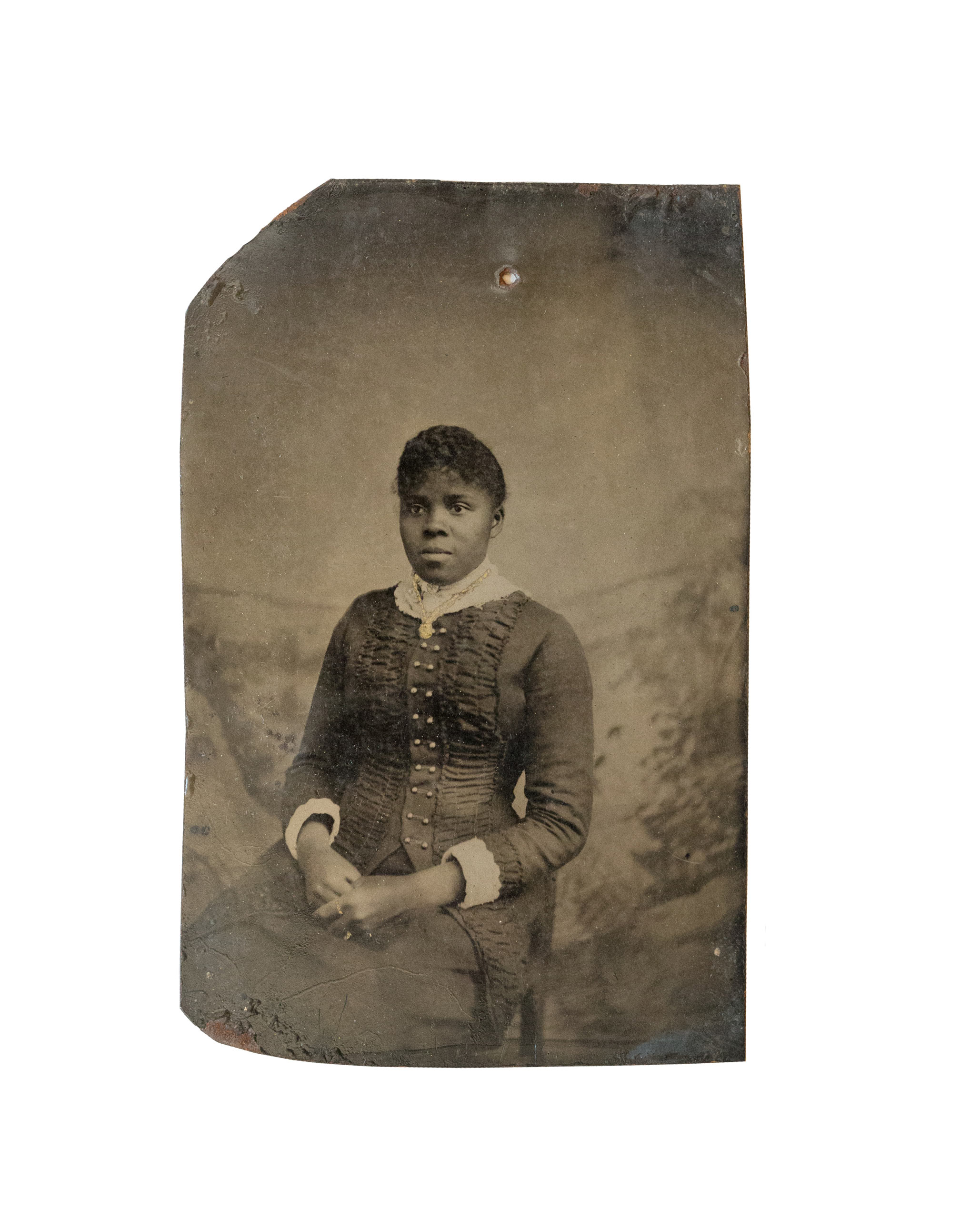
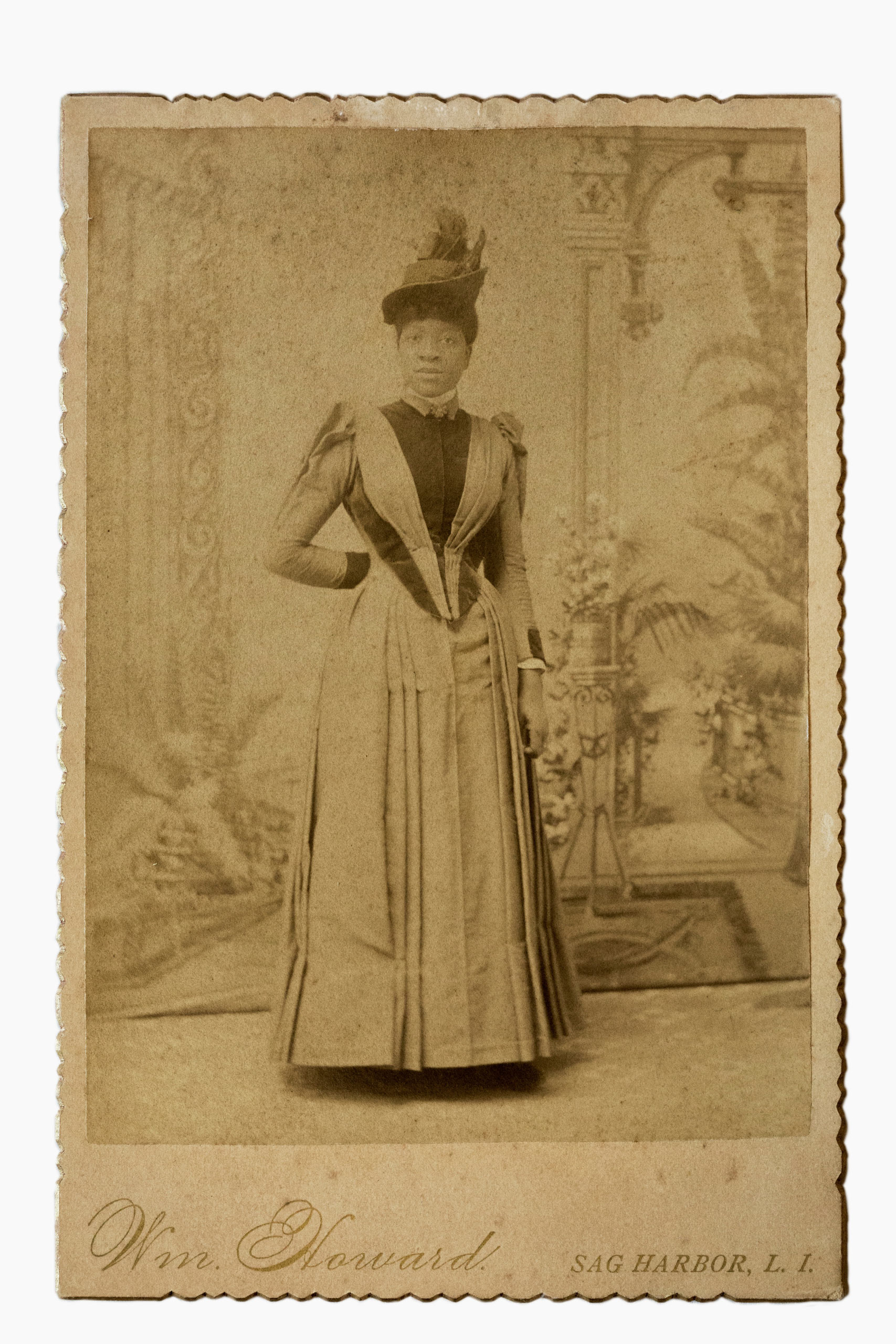
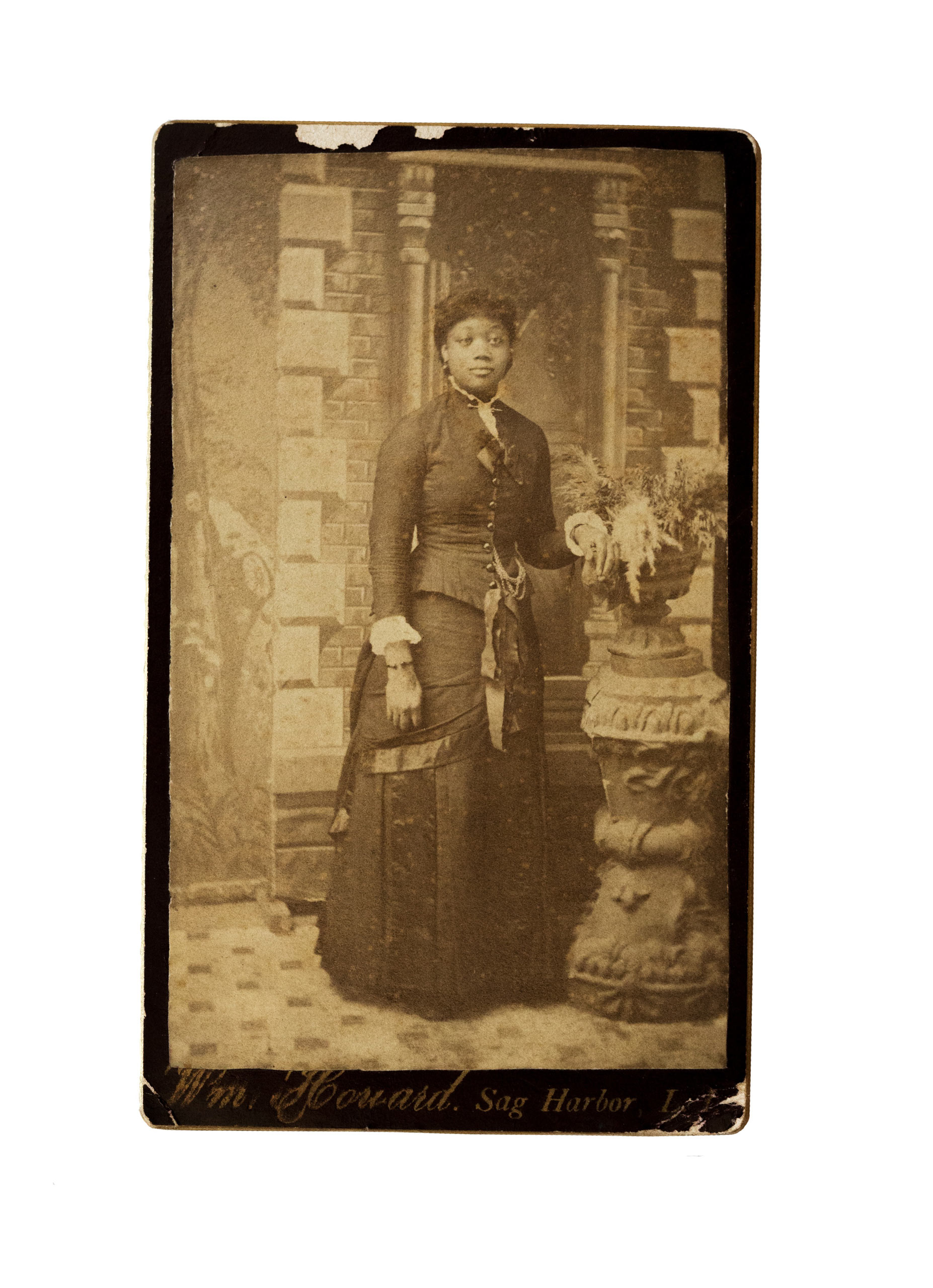

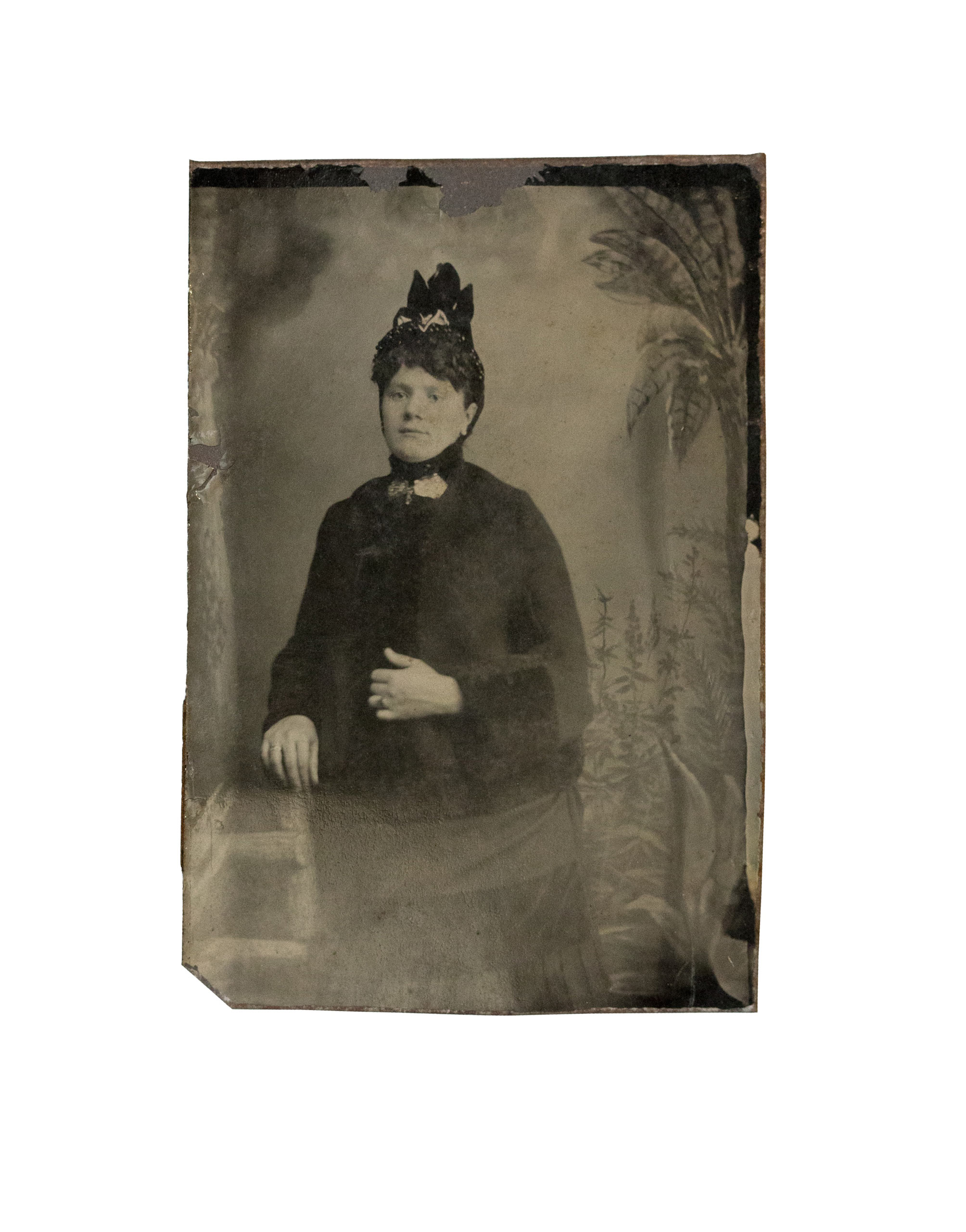
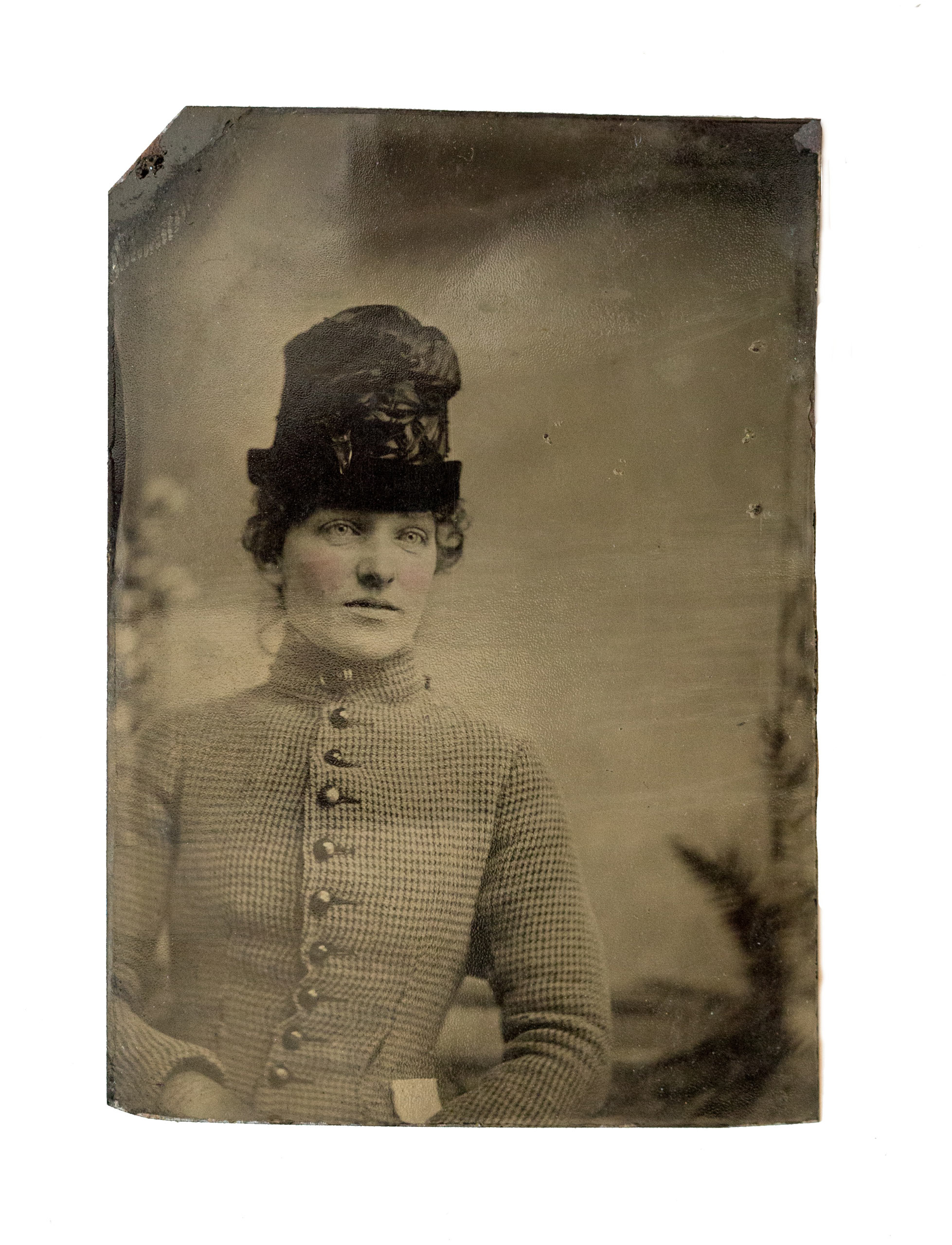

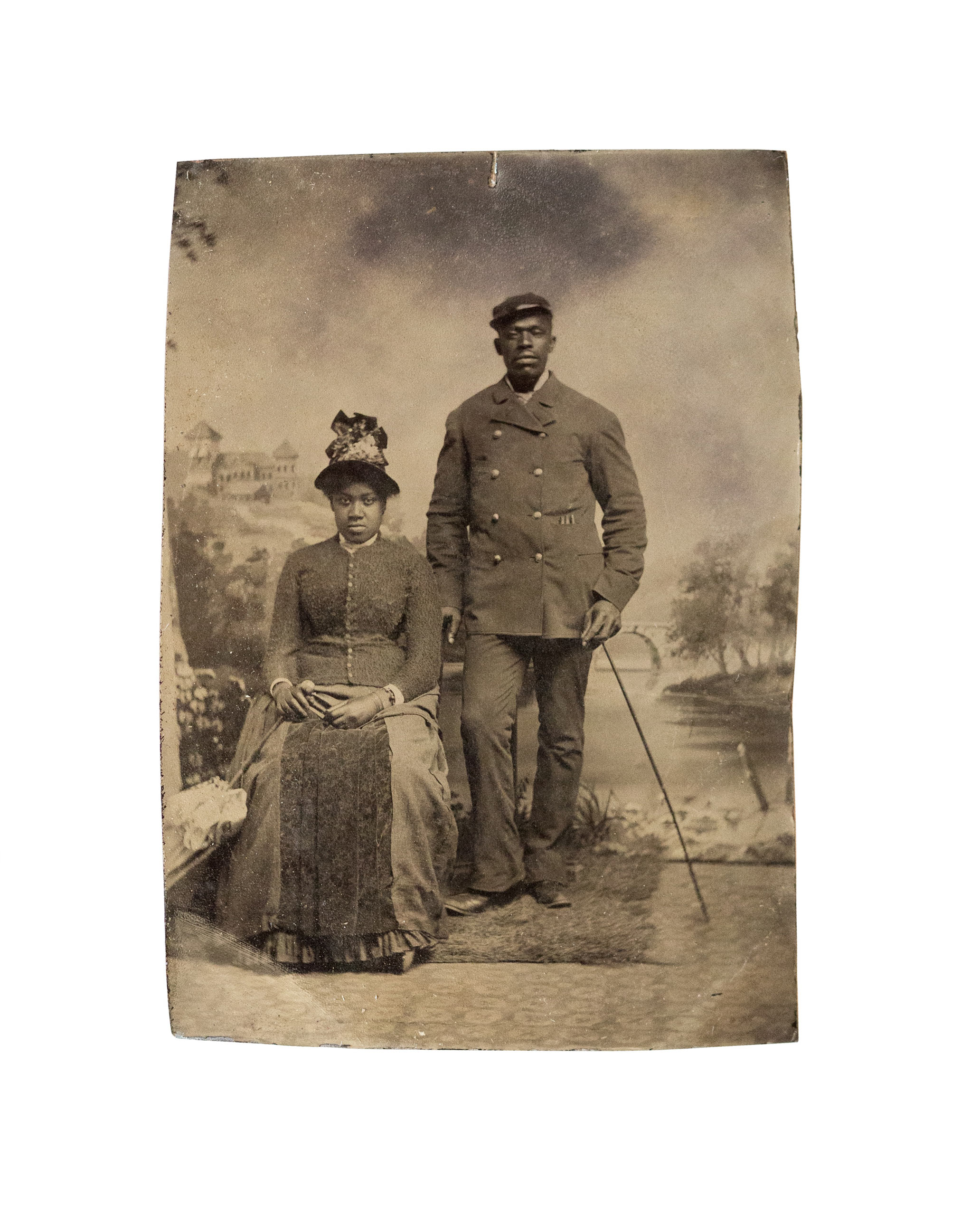
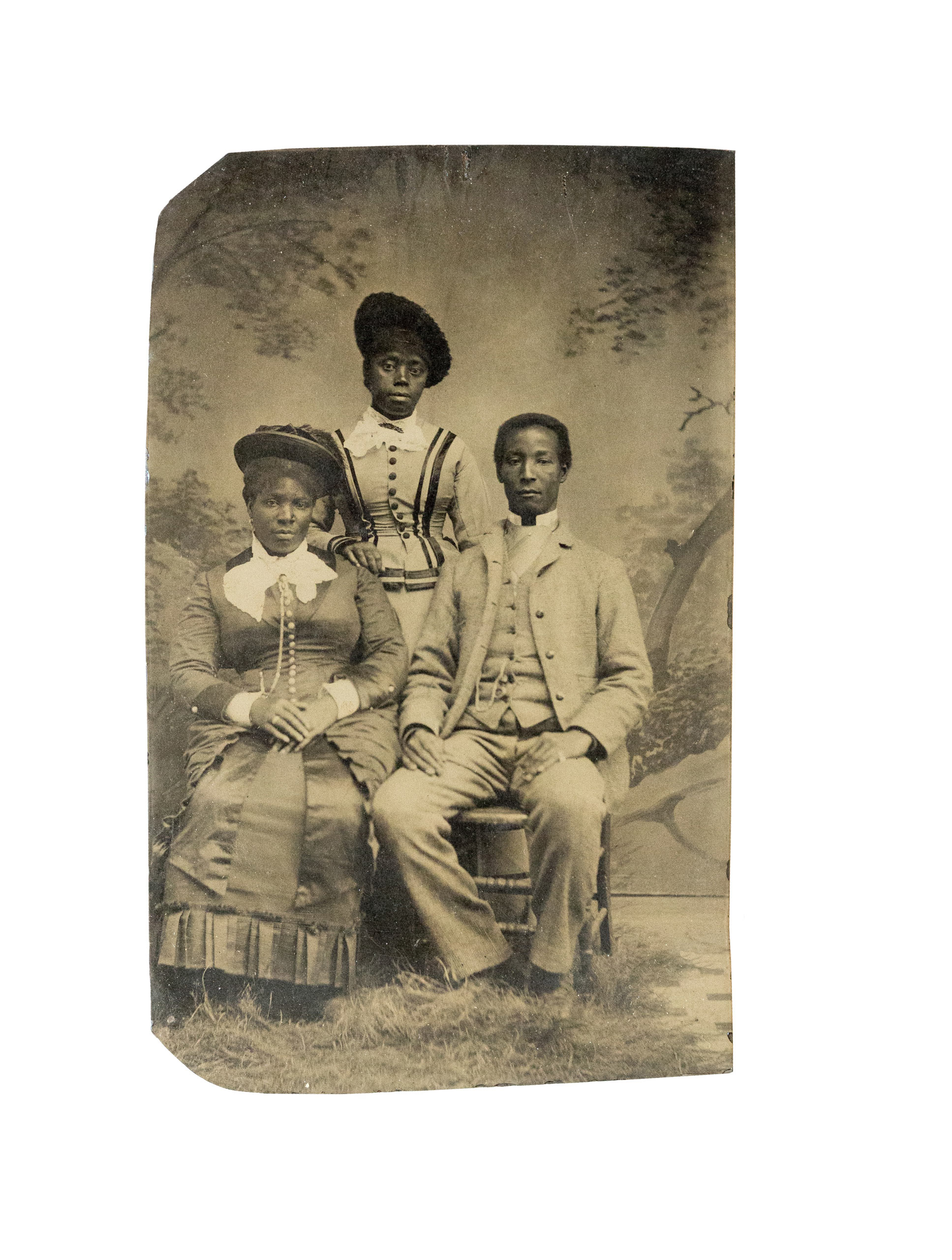
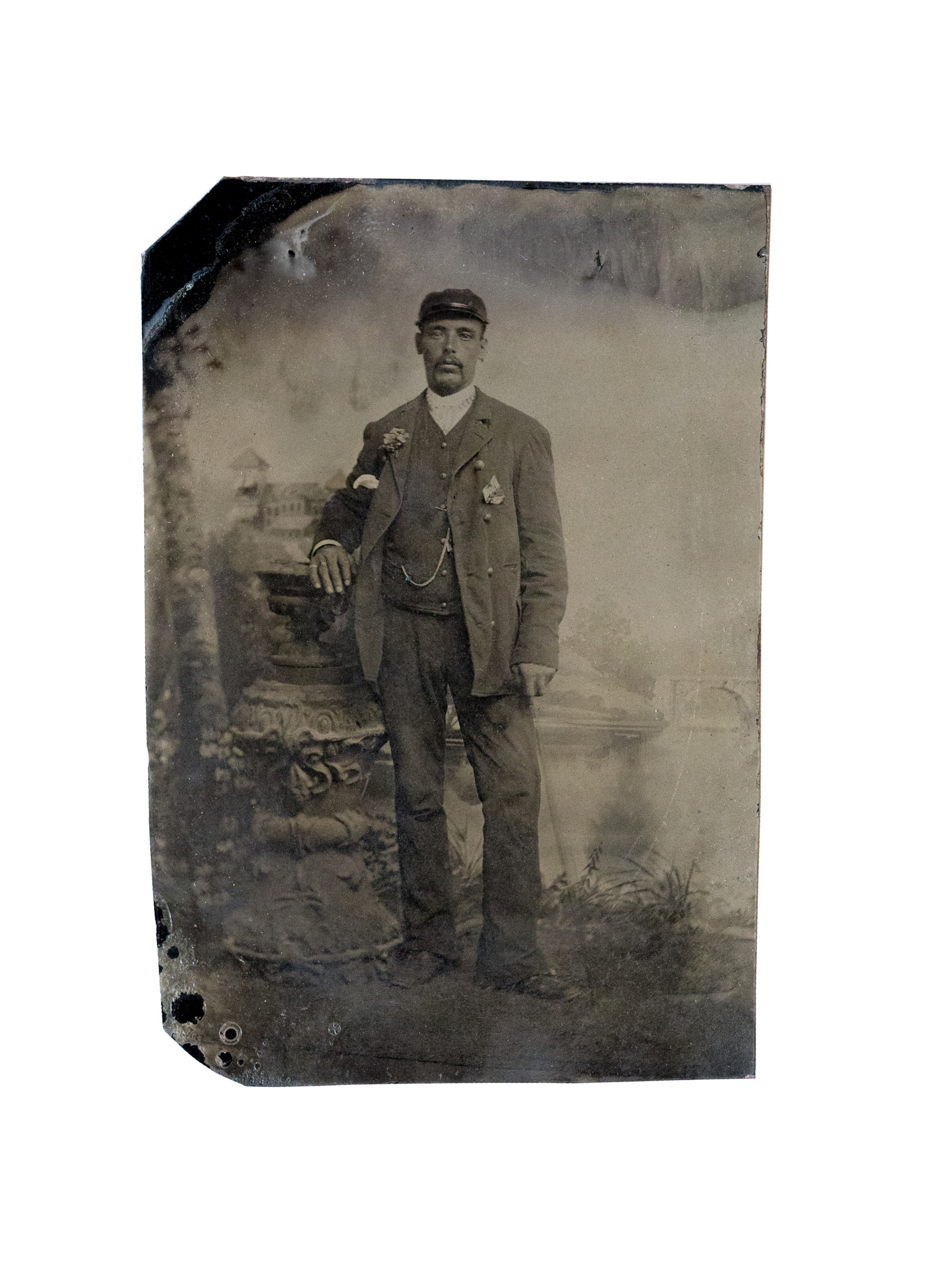

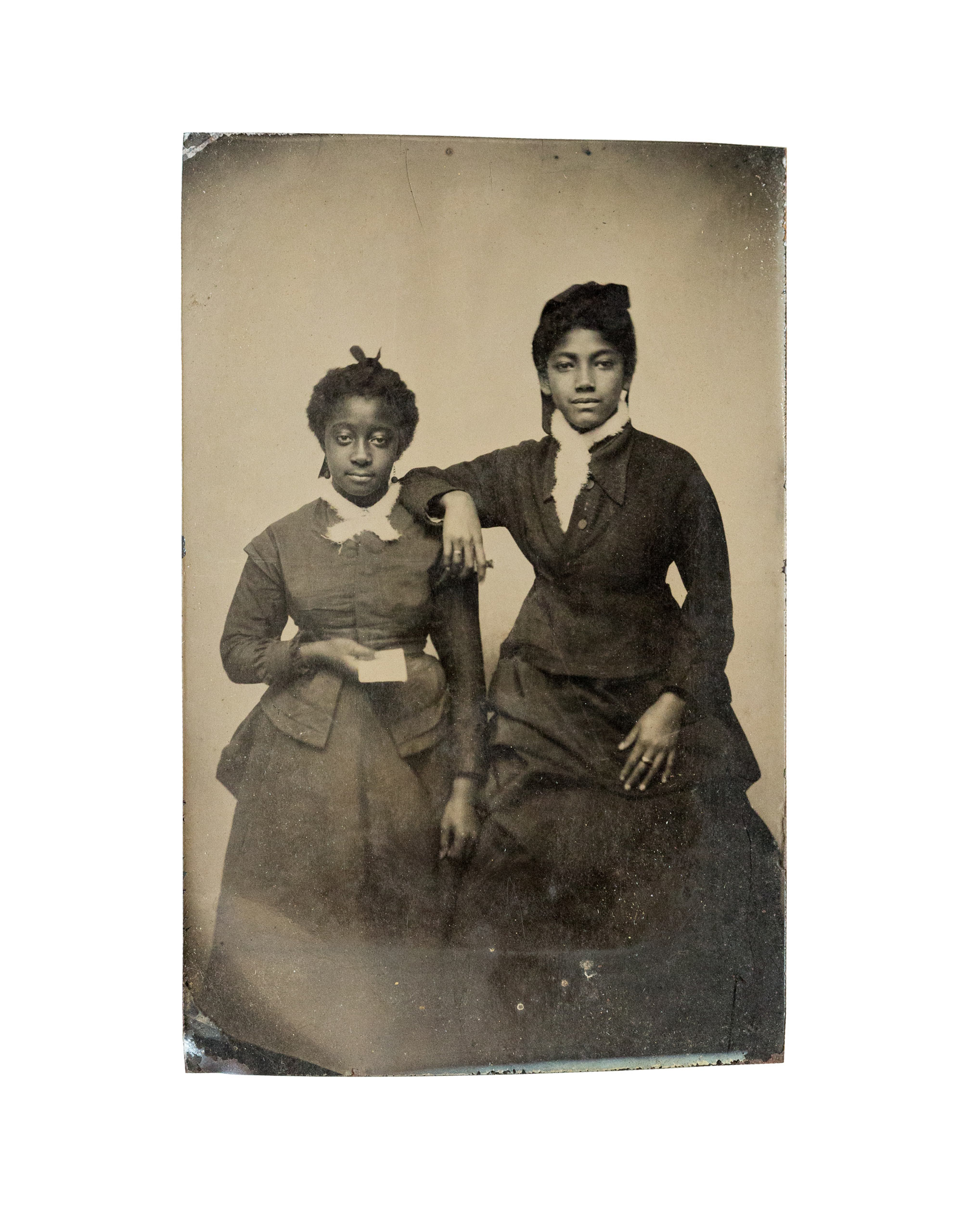
More Must-Reads from TIME
- Cybersecurity Experts Are Sounding the Alarm on DOGE
- Meet the 2025 Women of the Year
- The Harsh Truth About Disability Inclusion
- Why Do More Young Adults Have Cancer?
- Colman Domingo Leads With Radical Love
- How to Get Better at Doing Things Alone
- Michelle Zauner Stares Down the Darkness
Contact us at letters@time.com